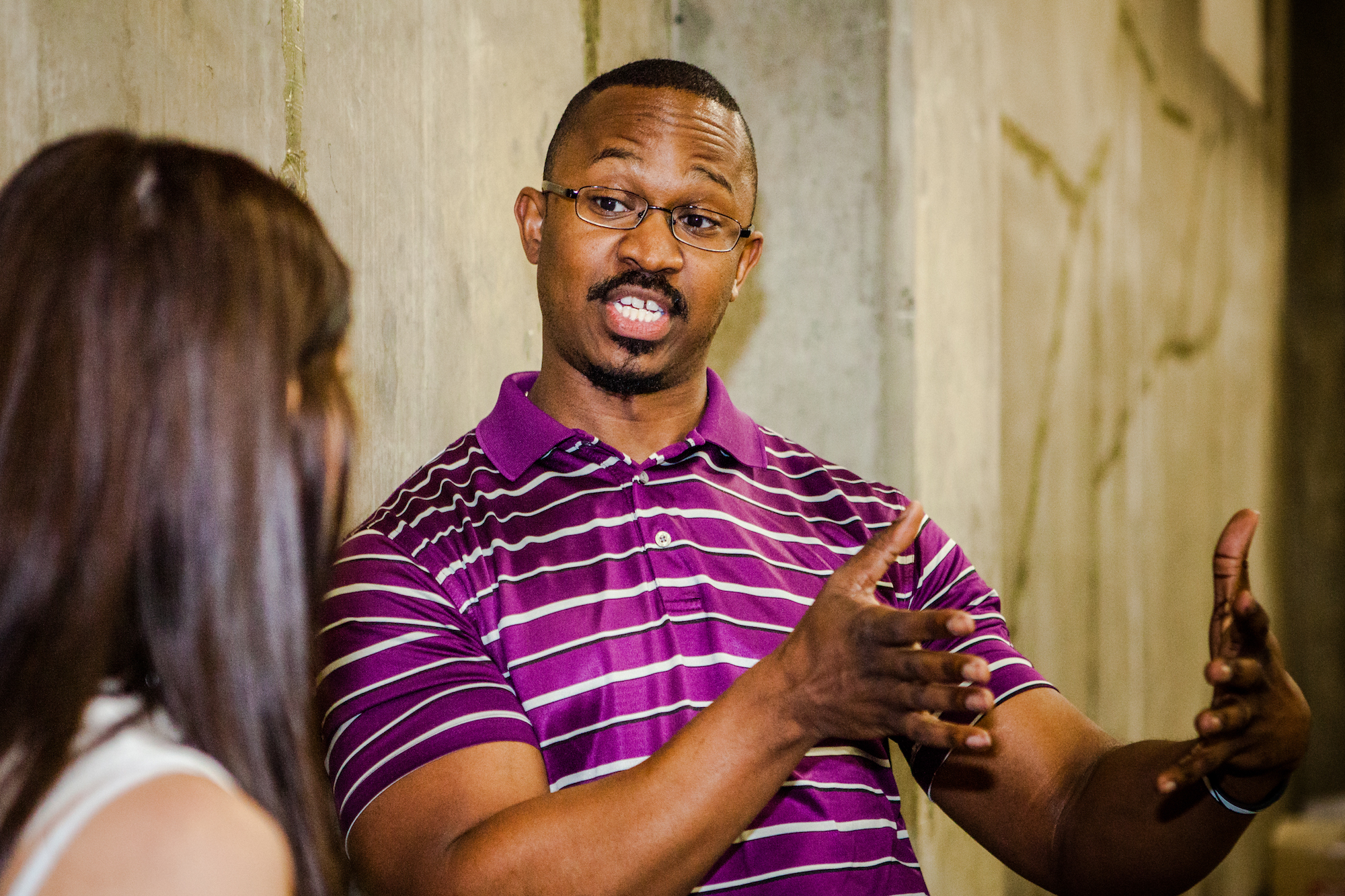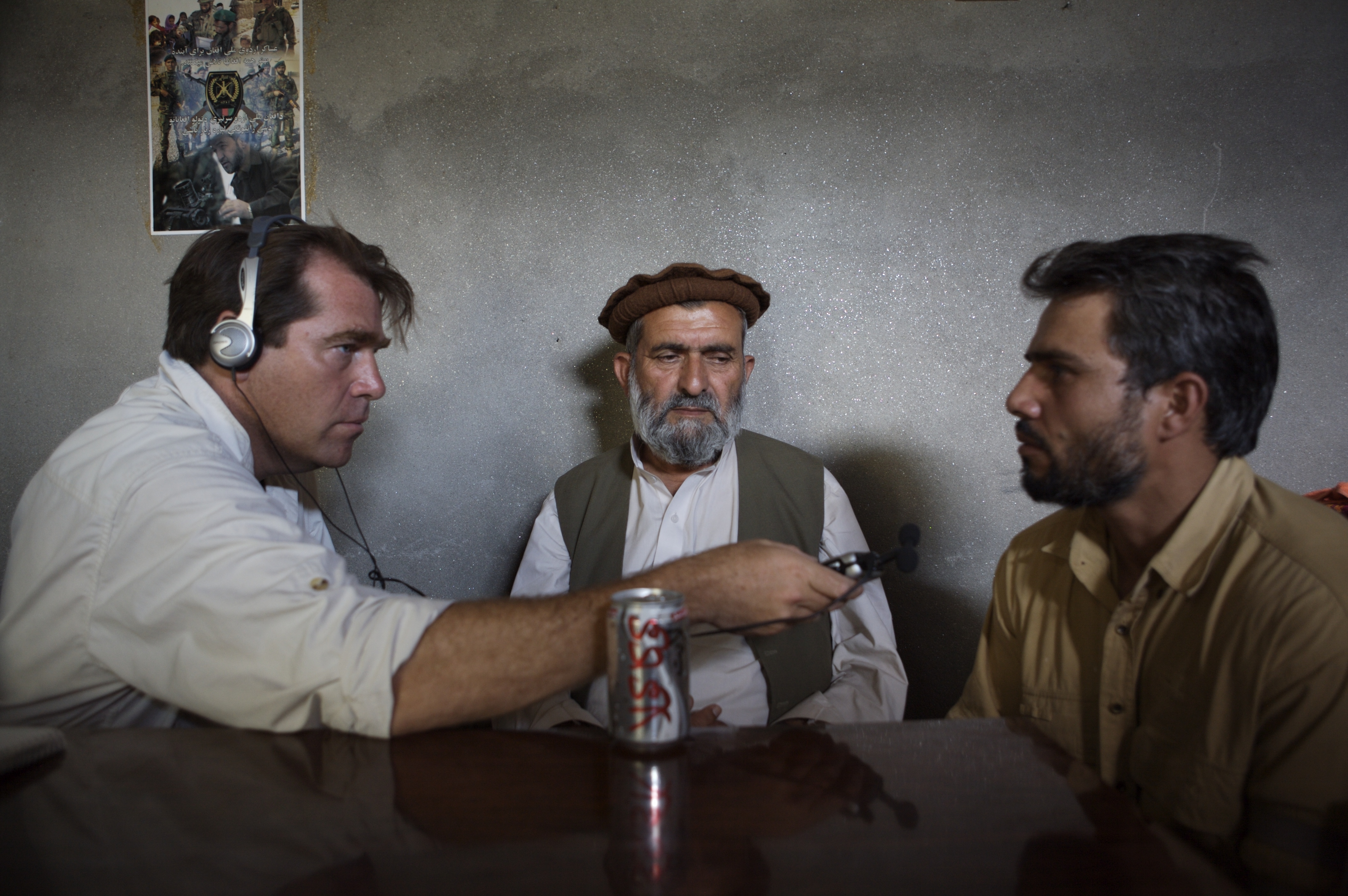Tag: KQED
ICIJ, NPR, Kentucky Center for Investigative Reporting win IRE honors, and other awards
Other award winners include independent producer Jenni Monet, Reveal’s Will Evans and WFAE's Lisa Worf.Turner leads development at NHPR, KQED promotes several staffers and other comings and goings
Deborah Turner helped oversee CPB’s major giving initiative from 2004–07.KQED staffers grapple with grief as they cover Oakland warehouse fire
Losses in the Ghost Ship fire hit close to home for some in the Bay Area’s public media community.Freelance producer for KQED dies in Oakland fire
Alex Ghassan pitched and created content to attract a “younger hipper audience” for the KQED's arts department.NPR and KQED partner on live national election coverage
KQED will host two hours of the broadcast.Pubmedia executives, stations recognized at PMDMC
Public media leaders were honored for excellence in fundraising and development.How public media stations are covering police violence
Stations in Louisiana and Minnesota, the sites of last week’s shootings, are taking varied approaches based on staff and resources.New KQED radio pilot gets personal about race
The show will be distributed nationally by Public Radio International starting in April.On-demand programs prove alluring to PBS station members
Since PBS’s Passport service launched last month, more than 30,000 members have signed up to watch Downton Abbey and other marquee offerings.PodScanning: New podcasts from WGBH, KQED and WNYC
The podcasts cover football, digital love and the war in Afghanistan.KQED tries out Square Cash to boost mobile giving
KQED joined up with Square when the mobile payment processor expanded its Square Cash app to include nonprofits and businesses.Matter launches new class of media startups
Media startup accelerator Matter launches its fourth class on entrepreneurs.Monday roundup: WNYC’s Walker criticizes Christie; Scharpling discusses future of Best Show
Plus: An NPR and KQED founder dies, and a TV critic questions PBS's programming.As methods for online giving grow, stations should prepare for ‘different fundraising landscape’
A mobile tipping point came earlier this year. For the first time, mobile devices accounted for 55 percent of Internet usage, according ...Project crowdsourcing health care costs finds partners in pubmedia
A former New York Times reporter teams up with WNYC, KQED and KPCC to cut through the mystique surrounding the cost of health care.










